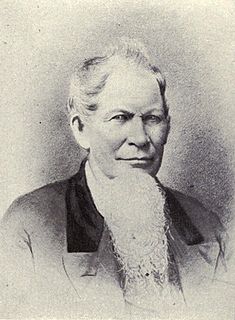
George Frederick Wright was Mayor of Honolulu from 1931 to 1938. He was a Republican.
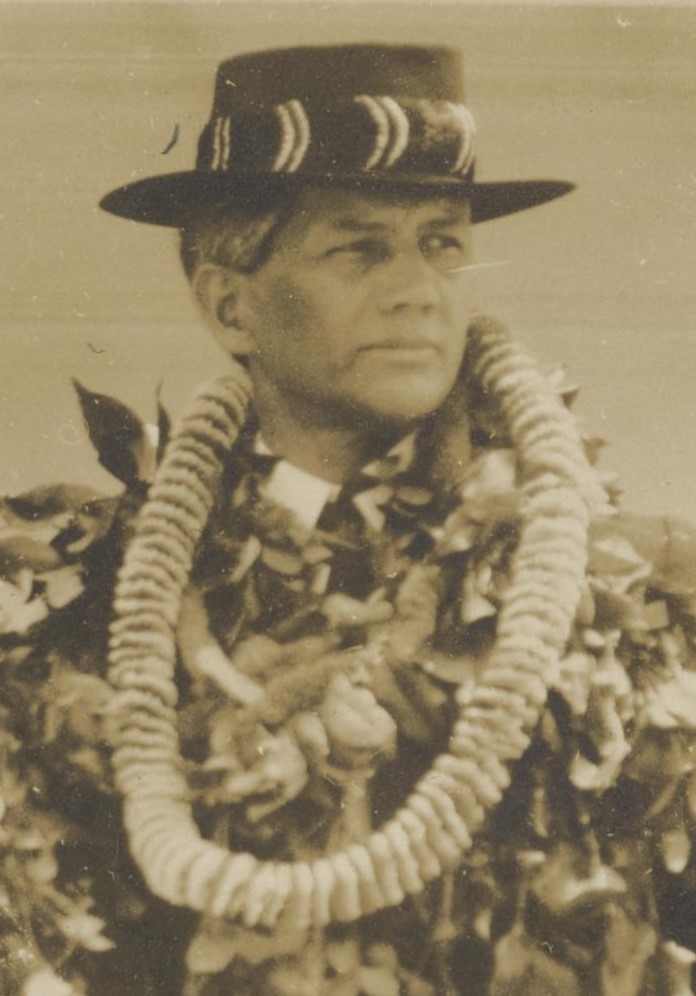
John Awena-ika-lani-keahi-o-ka-lua-o-Pele Carey Lane, was Mayor of Honolulu from 1915 to 1917.

Robert Lee Eskridge was an American genre painter, muralist and illustrator. He was born in Philipsburg, Pennsylvania. to Ella May Moore and Joshua Hargus Eskridge. Eskridge moved with his family to Pasadena as a child. He studied at the University of Southern California, Los Angeles College of Fine Arts, the Art Institute of Chicago, the Chicago Academy of Fine Arts and with George Senseney and André Lhote in Paris. After traveling extensively in Spain and the South Seas, he lived in Chicago, New York, and Coronado Beach, CA (1917–32). He moved to Honolulu in 1932 and taught at the University of Hawaii. During the Great Depression he was a Works Progress Administration muralist. His murals are in the Ala Moana Park Sports Pavilion in Honolulu and at Palmer House in Chicago.

Alexander Samuel MacLeod (1888–1956), also known as A. S. MacLeod, was a painter and printmaker. He was born on Prince Edward Island, Canada on April 12, 1888. MacLeod studied at McGill University. After moving to San Francisco, he continued his artistic training at the California School of Design under Frank Van Sloun. In 1921, MacLeod arrived in Hawaii, where he worked in the art departments of the magazine Paradise of the Pacific and the local papers, The Honolulu Advertiser and the Honolulu Star-Bulletin. By 1929, he had returned to Canada and resided there for ten years. Again in Hawaii, MacLeod became the director of the graphic art department for the United States Army in the Pacific. In 1943, he published a book of his Hawaiian prints, The Spirit of Hawaii, Before and After Pearl Harbor. MacLeod retired to Palo Alto, California, where he died in 1956.
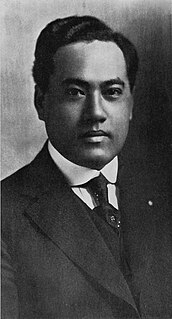
William Charles Achi Jr. was a Hawaiian attorney and territorial judge, as well as composer.

Samuel Northrup Castle was a businessman and politician in the Kingdom of Hawaii.

John Mott-Smith was the first dentist to set up a permanent practice in the Kingdom of Hawaii. He was also a politician, newspaper editor, and diplomat.
Edward Preston (1831–1890) was a lawyer and judge originally from England who served in the Kingdom of Hawaii.

William Frederick L. Stanley (1872–1939) was an Irish lawyer who served as judge of the Republic of Hawaii.

Albert Francis Judd Jr. (1874–1939) was a lawyer and trust officer in the Territory of Hawaii.
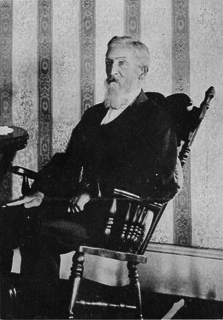
David Dwight Baldwin was a businessman, educator, and biologist on Maui in the Hawaiian islands. Within biology he is known for his contributions to the study of Hawaiian land snails, part of malacology.

Horatio Nelson Poole (1884–1949) was an American painter, printmaker, muralist and teacher.

Helen Thomas Dranga (1866–1927), who is also known as Carrie Helen Dranga, was a British/American painter who made paintings of Hawaii.
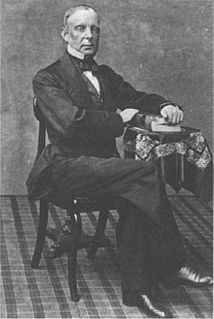
George Morison Robertson was an early politician and judge in the Kingdom of Hawaii. Born in Scotland, he settled in Hawaii in 1844 during the whaling era. During his career in Hawaii, he served many political and judicial posts including circuit judge and police court judge, member of the Board of Commissioners to Quiet Land Titles, a multiple-term representative in the Hawaiian legislature, Speaker of the House of Representatives, Associate Justice of the Supreme Court of Hawaii and Minister of the Interior.

Charles Edward King was an educator, Hawaii territorial legislator, and a songwriter who is most widely known as the composer of "Ke Kali Nei Au". King was inducted into the Hawaiian Music Hall of Fame in 1995.

Colonel Edward William Purvis was a British army officer and settler of the Kingdom of Hawaii who served as Vice-Chamberlain during the reign of King Kalākaua. After resigning from the royal household, Purvis published two political satires aimed at undermining the image of the king and his prime minister, Walter M. Gibson, who had been responsible for the removal of Purvis' superior. These actions and other factors led to the demise of the Gibson regime and the Bayonet Constitution of 1887. Purvis died in the following year, after going to the United States to seek medical attention for his health. According to popular legend, he was an expert player of the Portuguese machete or cavaquinho and was believed to be the inspiration for the name of the Hawaiian ukulele.

Joseph Apukai Akina was a lawyer, politician and minister of the Kingdom of Hawaii and later Territory of Hawaii. He served as a statesman during the reign of Queen Liliʻuokalani and later became the first Speaker of the House of Representatives in the Hawaii Territorial Legislature.

Samuel Kaholoʻokalani Pua was a Native Hawaiian politician, newspaper editor, lawyer and sheriff of Hawaii. He served as a legislator during the last years of the Kingdom of Hawaii and worked as an assistant editor for the anti-annexationist newspaper Ke Ahailono o Hawaii ran by members of Hui Kālaiʻāina, after the overthrow of the monarchy. After the annexation, he became a sheriff during the Territory of Hawaii.

David William Pua, also known as D. W. Pua, was a Native Hawaiian politician during the Kingdom of Hawaii. He served as a legislator during the last years of the Legislature of the Kingdom of Hawaii and became a member of the Hui Aloha ʻĀina, founded after the overthrow of the monarchy to protest attempts of annexation to the United States.

Albert Pierce Taylor was an American archivist, journalist and historian of the Territory of Hawaii. He served as the Librarian of the Archives of Hawaii from 1924 until his death.


